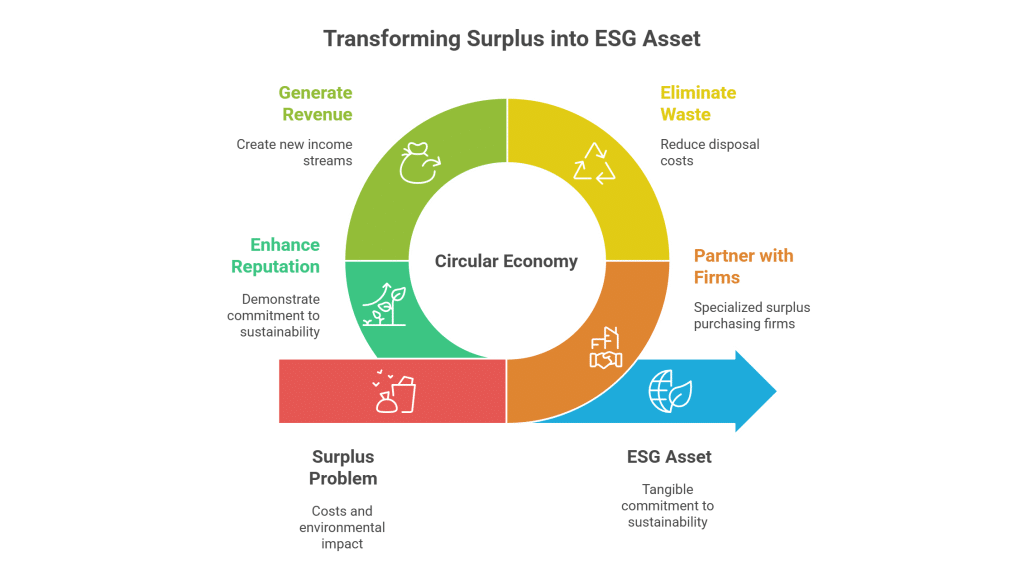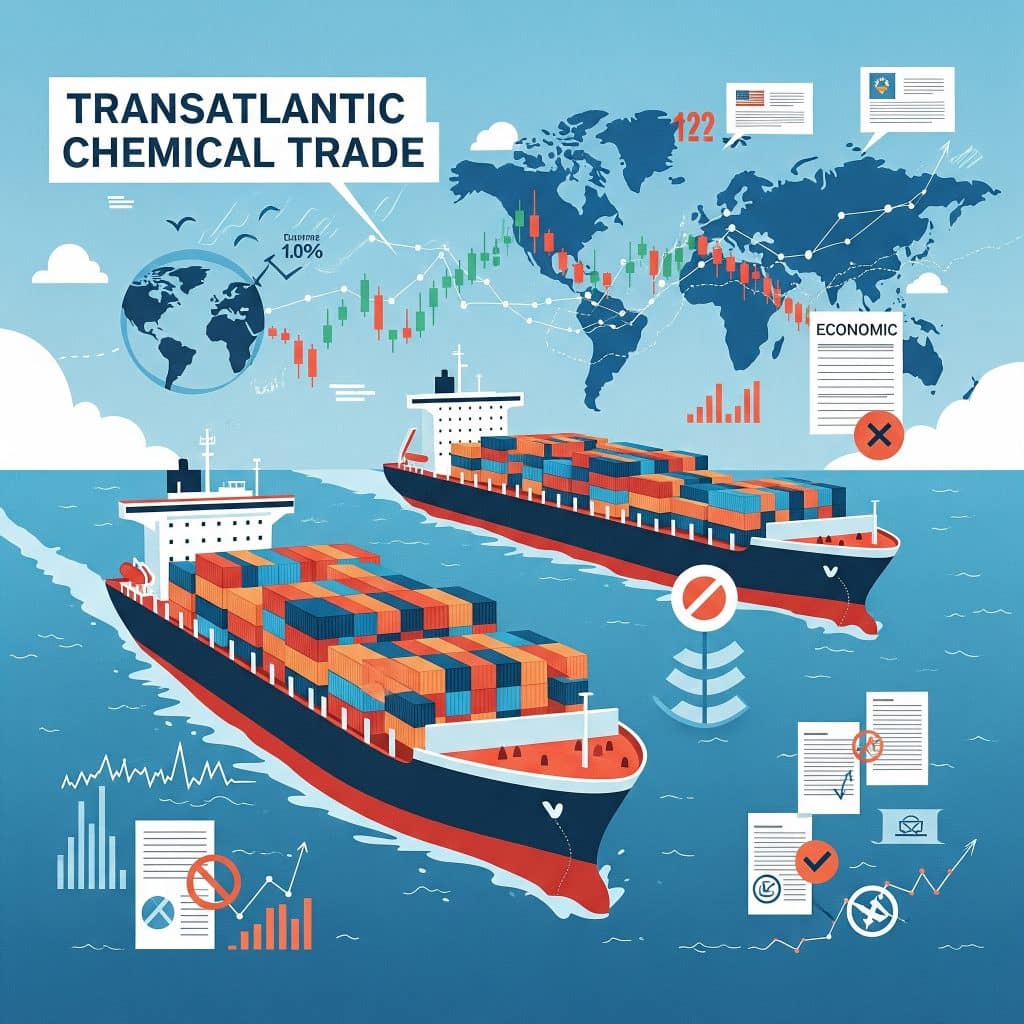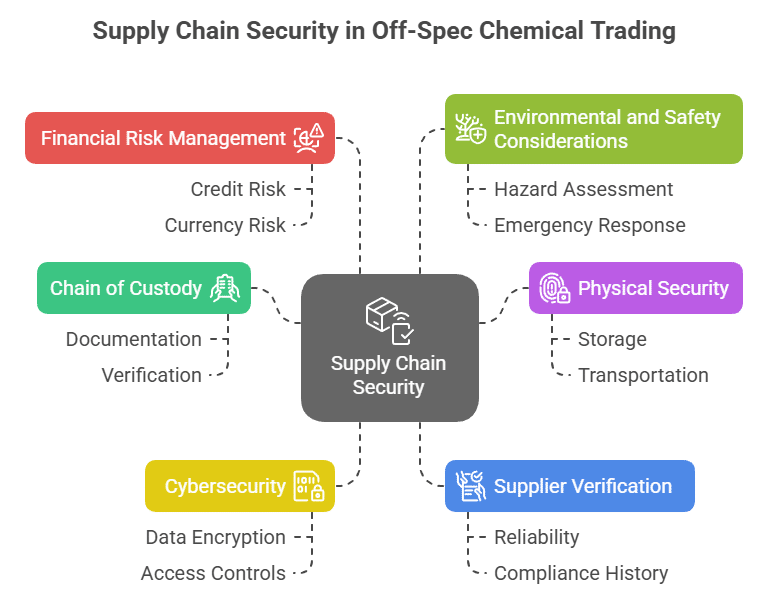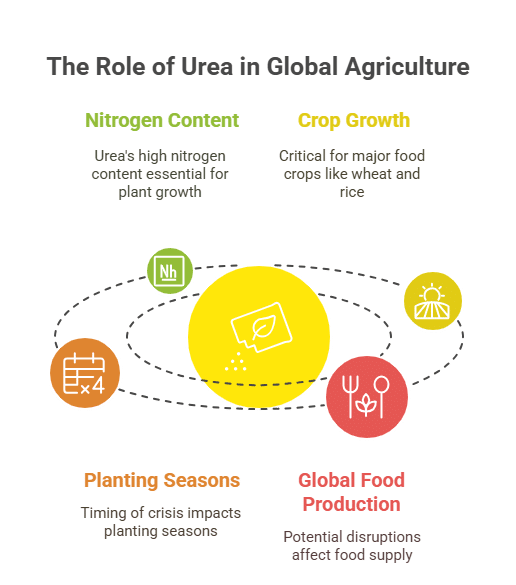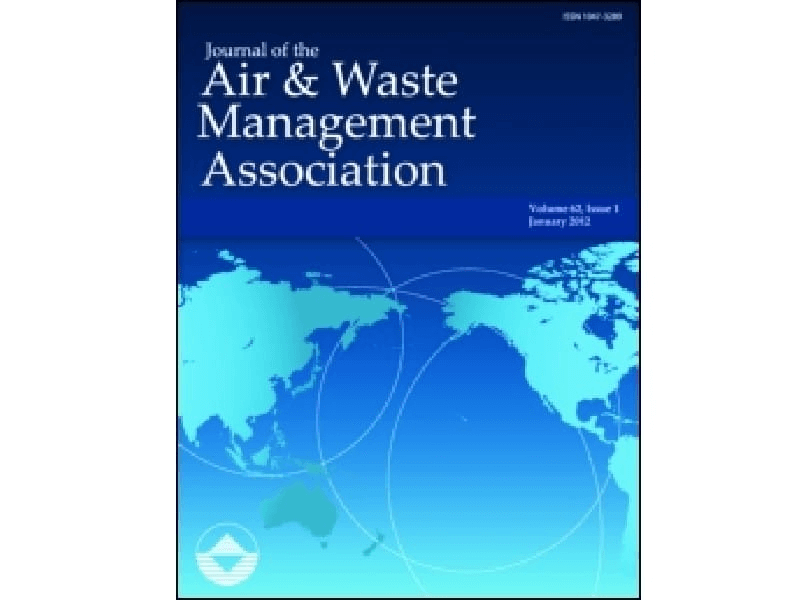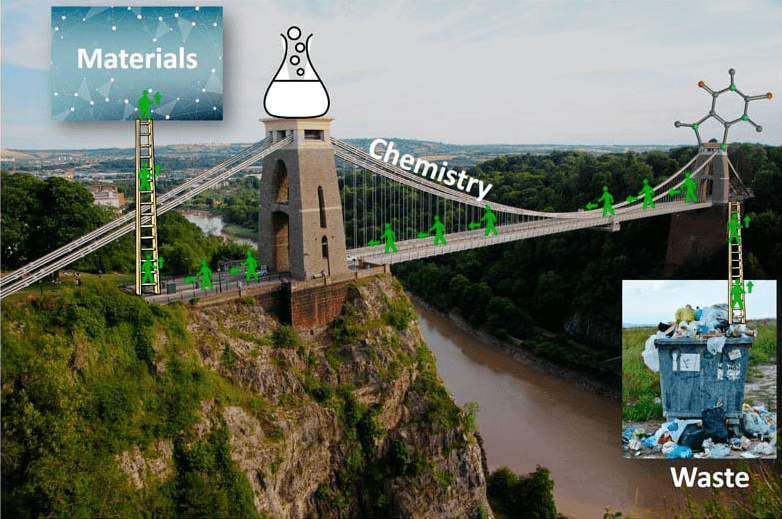Unlock the Hidden Value of Surplus Vinyl Acetate in Adhesives & Paints
Vinyl Acetate is a versatile chemical essential for producing high-performance adhesives and coatings. As a surplus inventory asset, it offers companies the opportunity to turn idle stock into a valuable resource. With a primary role in the manufacture of adhesives and paints, Vinyl Acetate supports formulations that demand excellent binding, durability, and surface compatibility.
Maximize Profit with Surplus Vinyl Acetate in Adhesives & Paints
Buying and selling surplus chemicals like Vinyl Acetate not only cuts storage costs and reduces expensive disposal expenses but also aids in boosting sustainability credentials. Companies can recover costs by liquidating excess inventories, freeing storage space, and avoiding complicated hazardous waste regulations. This proactive approach not only saves on disposal expenses but can also generate revenue, making surplus chemical trading a smart business strategy.
Repurchasing and redistributing excess chemical inventory such as Vinyl Acetate provides multiple benefits: it reduces warehousing expenses, minimizes costly disposal fees, and enhances an organization’s environmental sustainability profile!
Vinyl Acetate Applications in Adhesives & Paints
Buyers benefit from cost-effective sourcing, improved supply chain reliability, and the added advantage of achieving sustainability goals by repurposing surplus chemicals. Access to high-grade vinyl acetate ensures that production quality is maintained without compromising on economic benefits.
Sellers can convert overstock into cash quickly, free up valuable storage space, and discard potential disposal fees. By selling excess vinyl acetate, companies reduce handling risks and environmental compliance challenges, making surplus chemical trading both economically and environmentally sound.
Table of Contents
Case Study: Turning Surplus Vinyl Acetate into Profit in Adhesives & Coatings
A leading adhesives manufacturer faced mounting challenges with surplus vinyl acetate lingering in their storage facilities. Instead of hemorrhaging funds on disposal, the company decided to engage in surplus chemical trading. By selling their excess vinyl acetate, they not only liberated valuable warehouse space but also recovered significant costs that were reinvested in advancing product innovation. This strategic move eliminated hazardous waste need, cut disposal expenses, and bolstered the company’s sustainability credentials. The success story illustrates how smart surplus management transforms potential liabilities into profitable assets in the adhesives and coatings sector.

